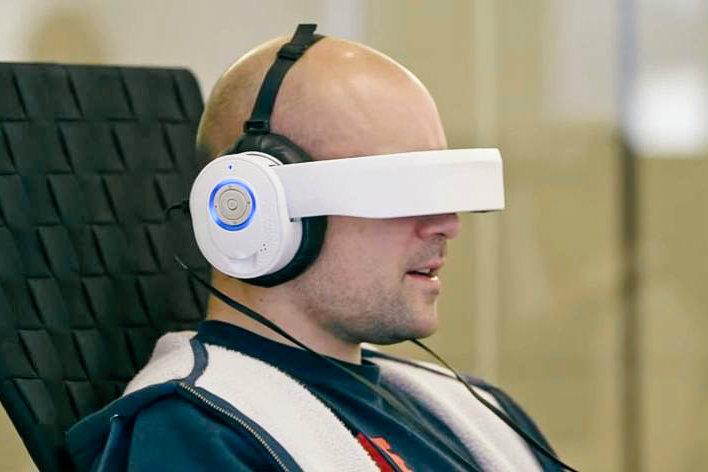Roombots are Lego-like robotic components that move on command and are used for assembling into functional furniture shapes. Roombots can move around and autonomously change shape, with one of the proposed uses for supporting disabled people.
Roombots are designed by researchers from Switzerland’s Biorobotics Laboratory at the Ecole Polytechnique Federal del Lausanne (EFPL).
The head of the project, Auke Ijspeert says in a EFPL report, “Eventually, all you’ll need to do is program the layout of a bedroom or a conference room, then let the modules do the work.”
The 3-pound modules are 6 x 6 x 6 inches and include motors and contraptions for holding and guiding movements. They can be made to move on ground or sync with other components to assemble into fully functional furniture that could change shapes with time and usage.
Roombots use Bluetooth for communications and each module hold batteries and motors allowing them to pivot with differing degrees to connect with others. Each unit works independently.
The components can climb up a wall or roll on the floor, forming tables and lamps that can follow the user. It can adjust to meet your requirements, helping people with disabilities cope better with daily tasks. The Roombots can help the elderly recover from falls, and they can help the elderly and disabled with different movements from walking, to sitting, to standing.
Currently the components are directed by Bluetooth, but researchers are working towards other interfaces, including gesture- and speech-recognition.
There will be a considerable delay, maybe even 15-20 years before we can see this technology in our homes and offices, according to researchers. There are plans to make them more automated in understanding the layout of a room and in adjusting the components automatically according to the user’s specific requirements. Currently, the battery charge only lasts one hour, which isn’t long enough to build some pieces of furniture. Developers are working on increasing the power, making the building process quicker, and refining the algorithms that define the sequences of motor actions.
A couple of decades is not that far off. And, with self-constructing modules, we could see not only furniture, but homes and other large structures capable of designing themselves or forming according to instructions given via smartphone.



